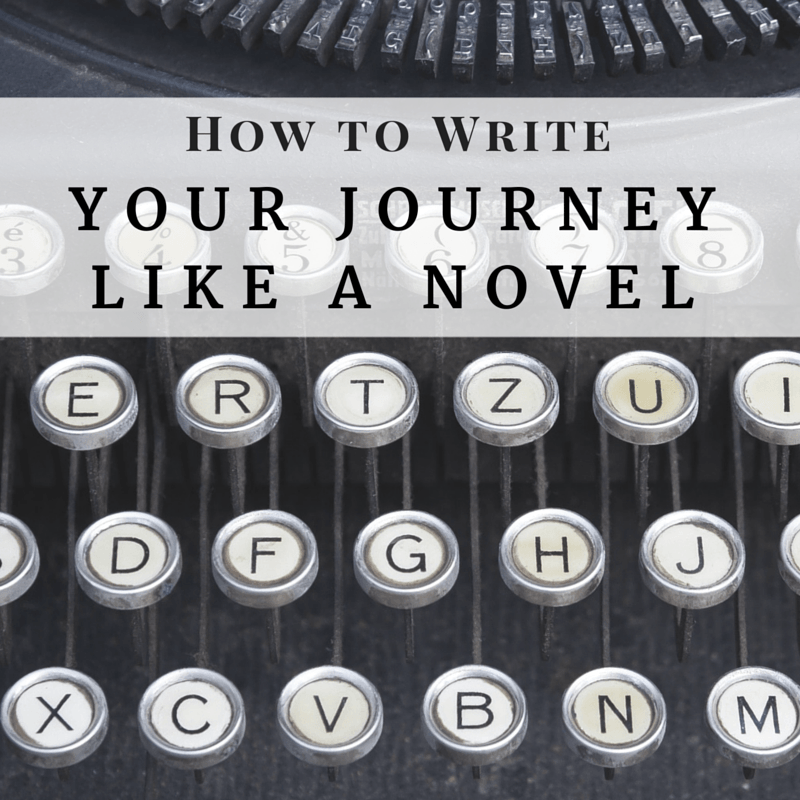November is NaNoWriMo (National Novel Writing Month) and hundreds of thousands of authors will aim to write 50K words to create their novel.
While there may be some non-fiction writers participating, like myself, many are writing fictional stories. Creating characters and inviting others along their journey.
To be successful, each writer must consider their audience and what what makes a good story.
Ideally, they will have an engaging plot with a sympathetic main character that we root for. There should also be some sort of challenge that he or she must overcome to grow into the person they will become by the end of the story.
These elements are typical to the hero’s/heroine’s journey.
We all have a story
None of us need to be an author to create a story. Each of us is the main character of our own story. One we live every day.
At different points, it may be a drama. A comedy. A tragedy. Our stories are tapestries, weaving these elements in as each chapter progresses.
We have secondary characters that come and go, some having a pivotal role in our development. Others may exist only on the periphery.
No matter what our story, it is being written each day. With every new day, there’s an opportunity to start a new chapter. To write a new ending. The question is, what will our story be once it unfolds?
Determining the plot
There are many ways to frame a story. A fellow writer and NaNoWriMo I connected with on instagram, Bridgid Gallagher, shared this image.
It’s a fill-in-the-blank prompt for a novel plot line.
<name> wants <aspiration/goal>, but <obstacle/challenge> stands in his/her way, so he/she must <do, start, achieve, fix something> in order to <end goal>.
Authors can fill this in to frame their stories – What is the conflict? Is there a compelling reason for someone to be interested in this character?
The goal is to determine if there’s material for an engaging story.
Moving from plot to story
When I saw the image, I immediately recognized the value for developing myself and others.
- What is my plot?
- What do I want?
- What’s standing in my way?
- What am I going to do about it?
Building a story is often easier if we suspend reality and pretend we are not writing about ourselves. This way, we are not limited by our perceptions or experiences.
Let’s say Kristin decided she wanted to be an entrepreneur. The story line might look like this:
“Kristin wants to run her own business, but family obligations stand in her way, so she must establish secondary income sources in order to change careers and create financial independence.”
Once the plot is established, I can begin breaking it into chapters by asking questions about the main character.
- What type of business does she want to run?
- What family obligations?
- What types of secondary income sources? Does she have to learn something new to create them? Does she have to engage others?
- What is her current career? What would the new one look like? What does financial independence look like for her? How will they address the family obligations so she can achieve success?
Taking the answers to these questions, I can sequence and map them to help Kristin get from where she is to where she aspires to be.
Stepping back into character, if I assign dates to those steps, I have a plan for my own aspirations. Just like laying out chapters in a book, I can build my story over time.
Creating your story
Consider your own story. What are you looking to achieve in your life or career? What obstacles do you need to overcome? What would you tell someone else if they were faced with those challenges?
It’s often difficult to look past our own circumstances to look objectively. Give yourself some space and consider the story as if it were a fictional character, friend or co-worker.
What advice would you give?
Start with the plot and then begin asking questions to tease apart the aspirations and obstacles. By breaking them into parts, they become more achievable. Become a realistic plan.
Just like writing a novel takes time, so does living our own story. In life, we can’t skip to the last page and read the ending. We have to create it.
The beautiful thing in life, unlike a novel, is we can change the story whenever we choose. Each life is a collection of stories, not a single plot with a straightforward ending. Instead, we can decide the story we’re living isn’t for us and start a new one.
What story will you write today?
If you enjoyed this article, please share it with a friend or provide your thoughts in the comments. I’d love to hear from you.










